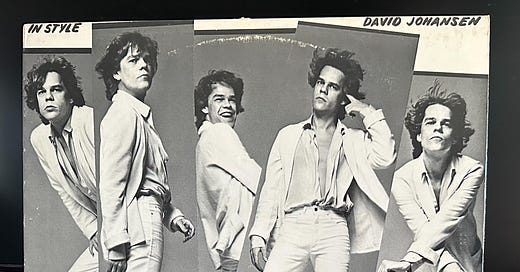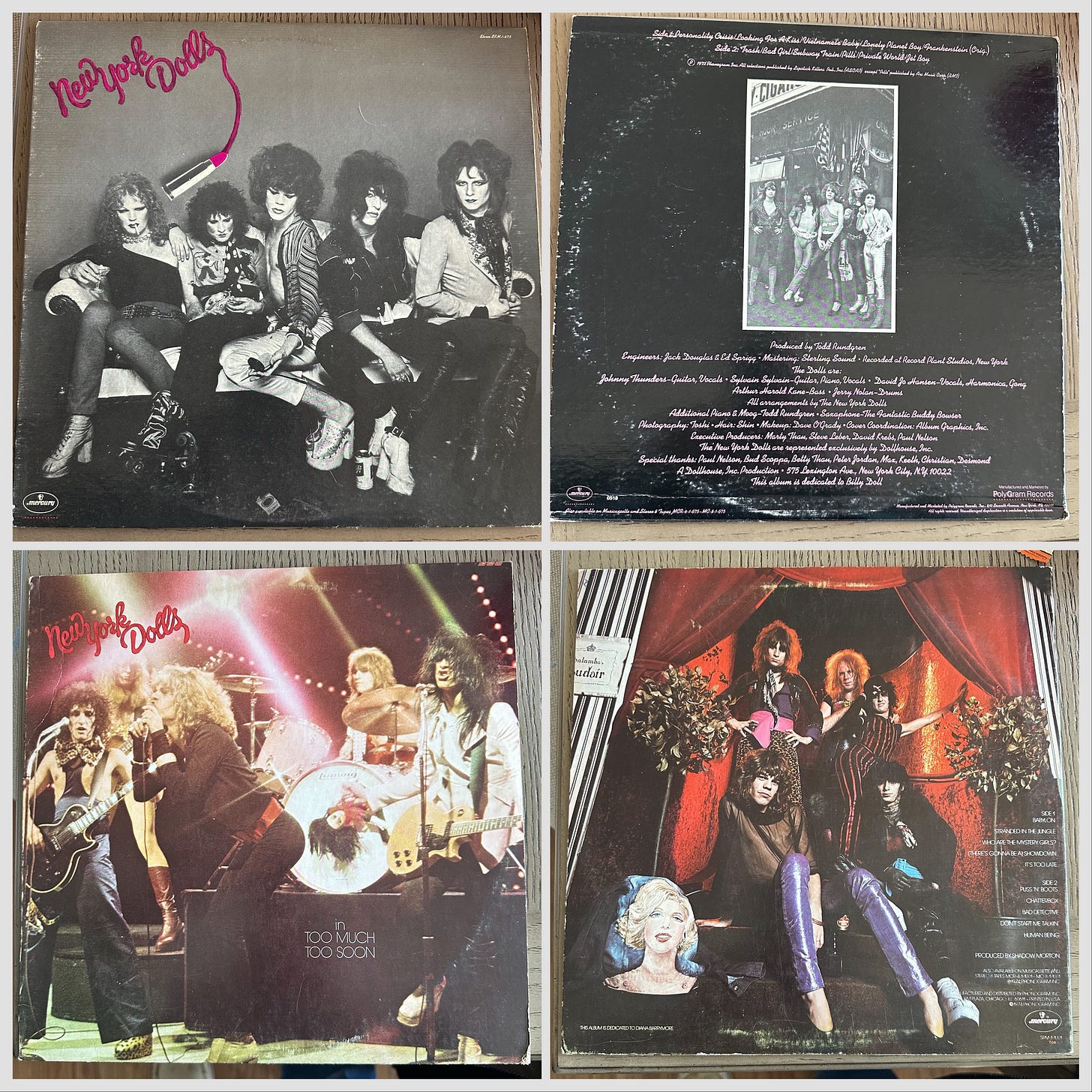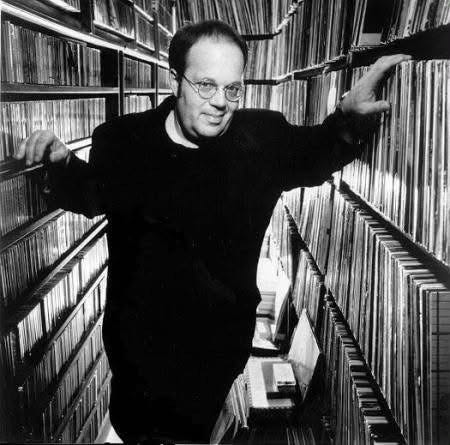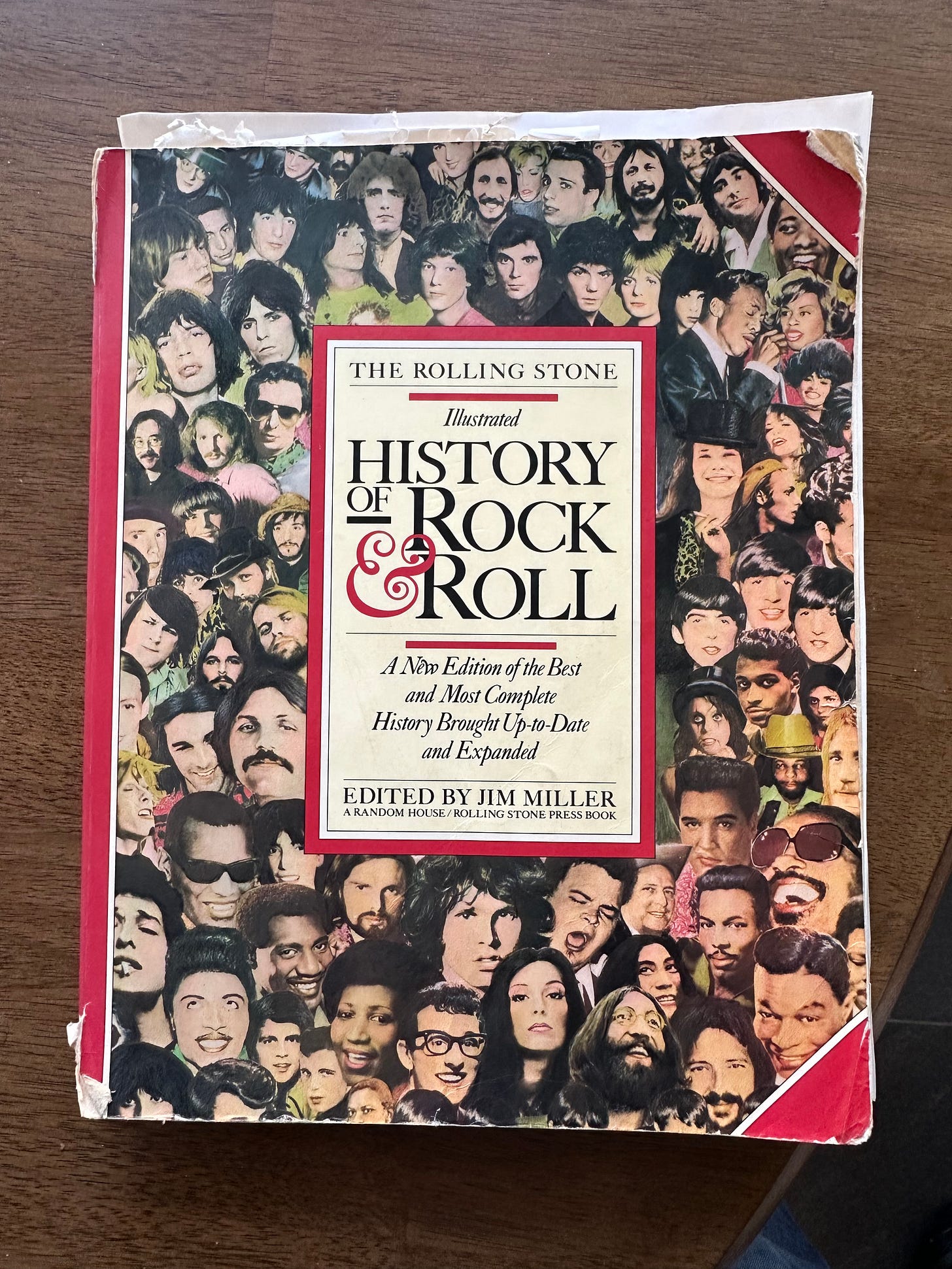Monday Music: David Johansen, an Appraisal and Appreciation
Thinking About an Artistic Hero Following His Death
David Johansen, who died Friday, leaves a legacy of music and a deep influence on the music world that was never reflected in his sales figures.
He was the frontman for a seminal pre-punk band, an eclectic solo artist, and electric performer. Sadly, I missed seeing him in person, but his music has been a part of my life for decades.
I first learned about the New York Dolls in 1980, six years after their brief two-album career flamed out and seemingly disappeared. It’s odd to say that now, when most everyone who follows music seems to know the Dolls, when t-shirts featuring their lipstick logo can be found almost anywhere, and a stylized version of the band playing in downtown Manhattan features as a turning point in the failed HBO series Vinyl.
But the Dolls, like the Velvet Underground before them, were more influential than popular, a chart blip (never cracking the Top 100 on Billboard in their first run), but still iconic, important.
That first year at Penn State for me, 1980 and 1981, was the beginning of my Beat writer / punk loving / sixties-obsessed re-imagination of myself. In high school, I was a smart but lazy student. A follower and conformist. I dressed like everyone else, listened to the same music as everyone else, and did little to step out of the lane I rode in.
That started to change during my senior year — thanks to my discovery of Vin Scelsa on WNEW and my growing closer to several classmates who remains my closest friends — but really took hold when I found myself freed from the assumptions others had developed about me during my time in high school.
I’m not sure what I found first — the article on “The Sound of Manhattan” in The Rolling Stone Illustrated History of Rock & Roll, which I found in a bookstore off campus and became my bible, or David Johansen’s eponymous first solo record in the stacks at WEHR, the East Halls radio station I where I was a DJ.
Either way, the discoveries were important. I already had found Lou Reed and The Velvet Underground, Blondie, and the Talking Heads. The Dolls and Television , both because it
John Rockwell described the milieu from which the Dolls arose as “an eccentric assemblage of boutiques and performance spaces” and the “hub of New York’s glitter-rock underground.”1
I was just beginning to write poetry and saw myself attracted to the avant garde. My dorm room desk and the shelf next to my bed had books by Kerouac and Ginsberg, Rimbaud, Abbie Hoffman, Philip Norman’s biography of The Beatles, Anthony Scaduto’s biography of Bob Dylan, the rock encyclopedia, my first jazz records, and a growing stack of punk and sixties records. Jim Carroll’s Catholic Boy (his first record) and The Basketball Diaries (his diary of his mid-teen years in Manhattan and his descent into addiction) were important markers.
I took this on as a sort of research project that, as with all of my projects, was far less structured or focused than it was improvisational. I collected sounds and ideas, tried to work them out, misread, and ultimately reread. Over the next few years, after I dropped out of Penn State and before I enrolled at Rutgers, I discovered (but did not at the time fully understand) the existentialist philosophers, Zen, Thomas Merton, John Rechy’s City of Night, and Hemingway. Politics existed on the edge of my consciousness — I was anti-war, anti-nukes, anti-Reagan, but my politics lacked real substance. That would come later.
The reader at this point should ask what any of this has to do with The New York Dolls and David Johansen. The answer is that Johansen was a seminal figure in my own artistic development, the Doll’s transgressiveness lending permission to cut loose and Johansen’s always shifting musical tastes and approaches underscoring the need for continual reinvention as an artist.
Johansen saw himself and the Dolls as disrupters.
“Society was set up very strict — like straight, gay, vegetarian — whatever you want to say, anything you want to say,” Johansen later recalled of the band’s early days (quoted by Rolling Stone in its obituary). “I just wanted to bring those walls down and have a party kind of a thing.”
“The Dolls,” Rockwell writes, “can lay legitimate claim to being the direct precursors of the mid-Seventies New York punk scene that in turn helped spawn the worldwide New Wave movement of later in the decade.”2
Much is made of the band’s look, he writes, “deliberately, poutingly androgynous.” But the Dolls were more than image. They were raw and powerful, New York to the core, related but different than the Stooges from Detroit, but no less important.
Musically, the Dolls combined
David Johansen’s parodistic Mick Jagger imitation, punky snarl and ebullient energy with lurching violence from Johnny Thunders and desperately semiprofessional work from the rhythm section, and forged them into music both barely controlled and wildly exhilarating. They reaffirmed the Velvet Underground’s commitment to amateurish primitivism, but proved it could be energetic, dizzying fun and streetward all at once.
They were, as Rockwell writes, well ahead of their time and "stood as a proud contradiction to all that was soft and safe and commercial rock of the day.”3
Songs like “Personality Crisis” and “Lonely Planet Boy” from self-titled debut plumb internal longing and dysfunction, in teenage terms and loud guitars. The second album, Too Much Too Soon, is more obviously “produced” and not is not quite as strong as the debut crisis
Their energy proved too much, too combustable, and after two records that deserved far more airplay than they got at the time — and that, according to those who saw the band, could not capture the charge of their live shows (listen to any of the live records) — they collapsed.
Johansen continued to record — his 1978 transitioned him into a more listener-friendly, but still hard and punky sound. Disco snuck into In Style, and his live record (Live It Up) charted on the strength of his cover of the Animals’ “We Gotta Get Outta This Place.”
He then morphed into Buster Poindexter, an ironic take on the lounge-lizard performer that struck a nerve and led to his biggest hit.
Buster was fun, but I was never completely engaged, never felt the same about that version of Johansen as I did his others.
When the Dolls re-formed with a live show in 2004 and then with a couple of strong albums, I was happy. It wasn’t the Dolls of old, but they were in good form and the records had a kind of depth of emotion born of their years.
The best way to close this is with the reunited Dolls from 2004, with Sylvain Sylvain and Johansen singing Johnny Thunders’ “You Can’t Wrap Your Arms Around a Memory / Lonely Planet Boy.”
Rockwell, John. “The Sound of Manhattan.” The Rolling Stone Illustrated History of Rock & Roll, ed. Jim Miller, Random HouseRolling Stone Press, 1980, p. 419.
Rockwell, p. 419.
Rockwell, p. 419.







